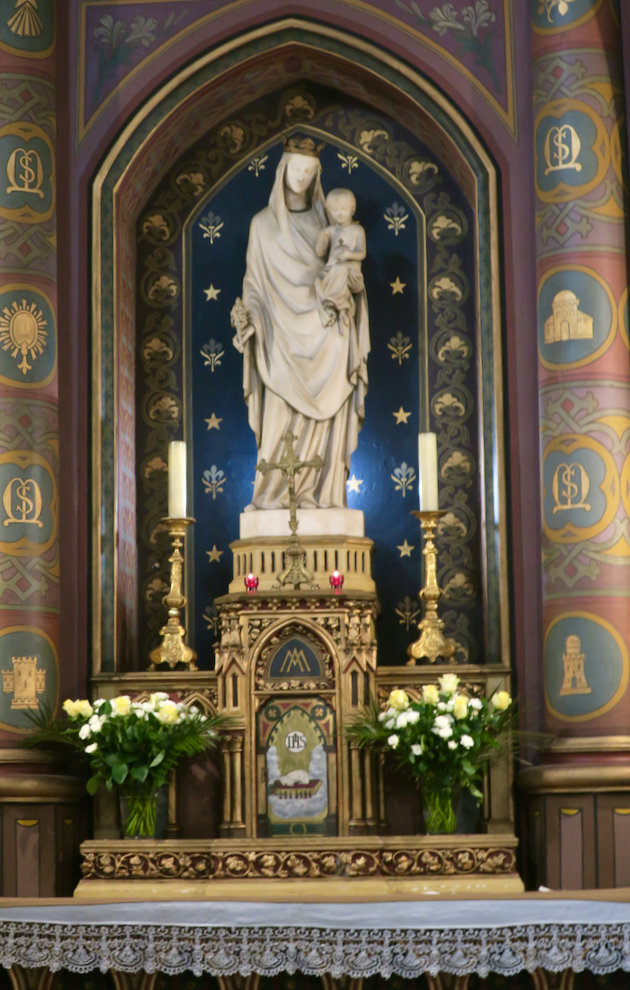
A few weeks ago I had the opportunity to attend services several times at the Church of Saint-Eugène, Paris. This is a diocesan parish. Here the Traditional Mass is celebrated and a splendid musical culture is cultivated led by several noteworthy musicians. The Traditional Sunday Mass (the main Mass of the day) was thronged by an overflowing congregation of all ages – a rarity in France! The music, although in a style somewhat unfamilar to me, was of course most impressive. The Novus Ordo is also celebrated but in a manner extremely traditional. Even the parish bulletin grappled fearlessly with major issues of the day.
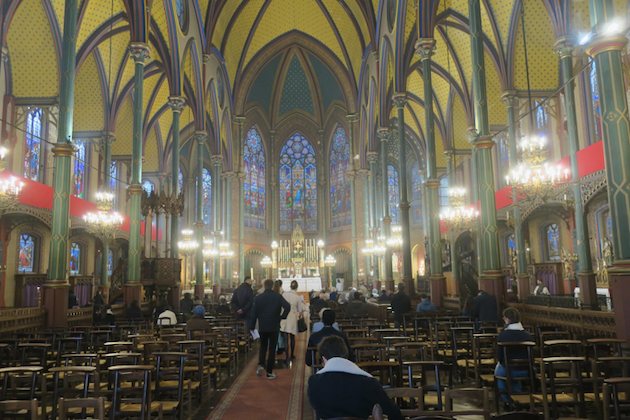
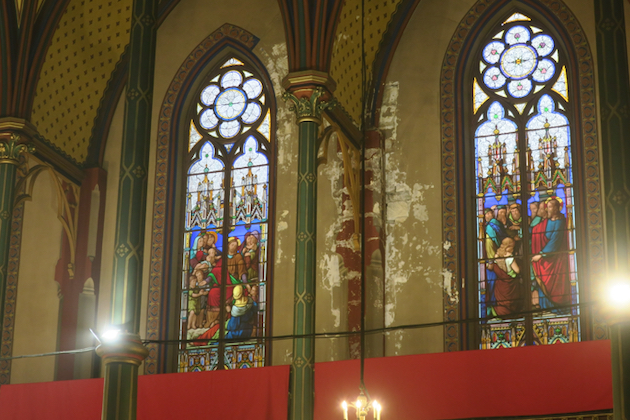
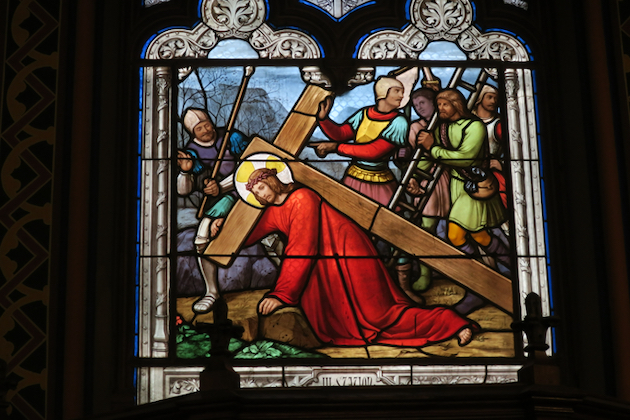
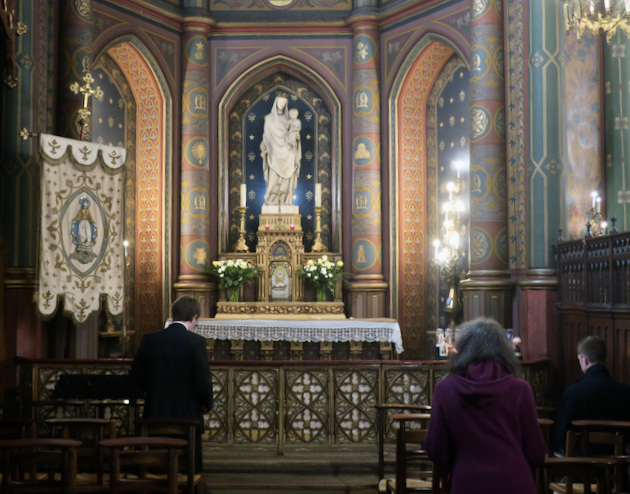
It was here that the late Nicholas Krasno – a long-standing member of this Society – sang in the schola. Indeed, it was the opportunity, after Summorum Pontificum, to attend and sing in such a church that inspired him to join the Roman Catholic Church. For it was after Summorum Pontificum that a Catholic could, at least in some places, regularly experience the fullness of the traditional liturgy in ceremony and music.
And perhaps for Nicholas Krasno there were additional factors that explained his attachment to this church. For does not Saint-Eugène in several respects resemble Krasno’s former beloved Anglican parish of Saint Mary the Virgin in New York City? Both are 19th century recreations of the style of the high French Gothic. Both used innovative construction methods, the earlier Saint-Eugène was built around an iron framework, while Saint Mary the Virgin was the first steel-framed church.
(St. Mary the Virgin) is in fact the earliest ecclesiastical use of constructional steel – a technique that had been first tried for office buildings in Chicago only 4 years previous. 1)
Both churches feature beautiful windows and decoration. In both the musical culture was fostered:
The musical program of St. Mary’s expressed an unabashed preference for works of the great musicians of the Roman Church: favorite composers included Beethoven,Haydn and Weber, and most of the French romantic school – Gounod, Franck. Faure and Guilmant. 2)
And both were despised by modernist taste – only to experience a reassessment in more recent years.
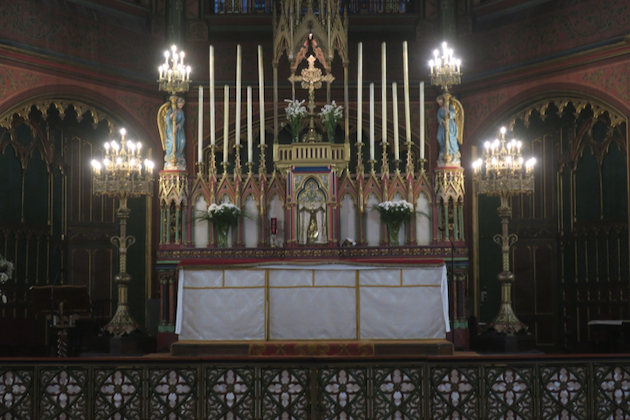
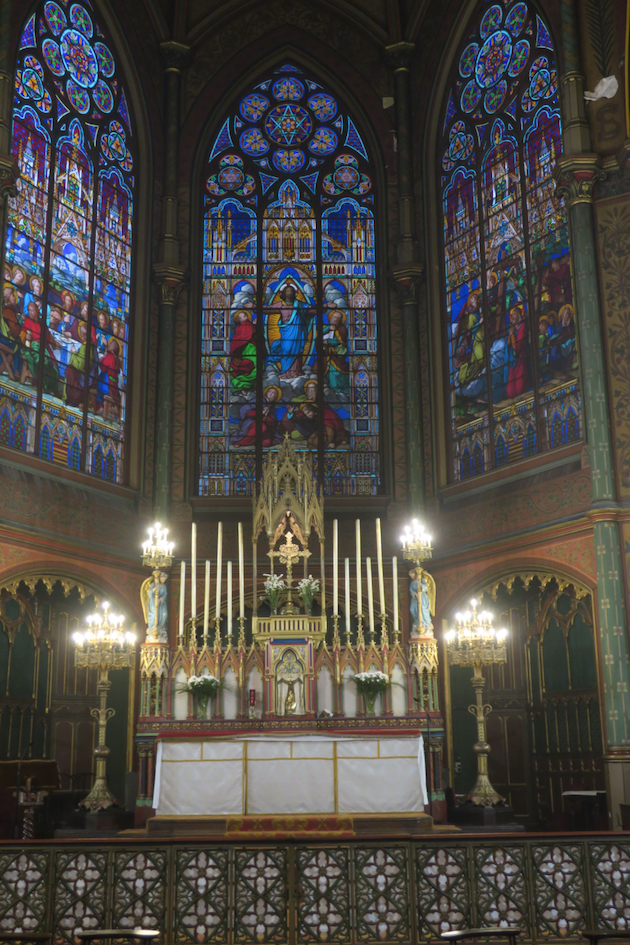
1. Krasno, Nicholas, A Guide to the Church of Saint Mary the Virgin, New York City at 17( 2nd edition revised, New York, 1999). The architects, Napoleon and Pierre Le Brun, were Roman Catholic. For Saint-Eugène-Sainte-Cécile, see https://en.wikipedia.org/wiki/Saint-Eugène-Sainte-Cécile#History.
2. Krasno, op. cit. at 63- 65. Of course, in the Roman Catholic Church these works later fell victim (in the US) to the strictures of Pius X.
Related Articles
No user responded in this post